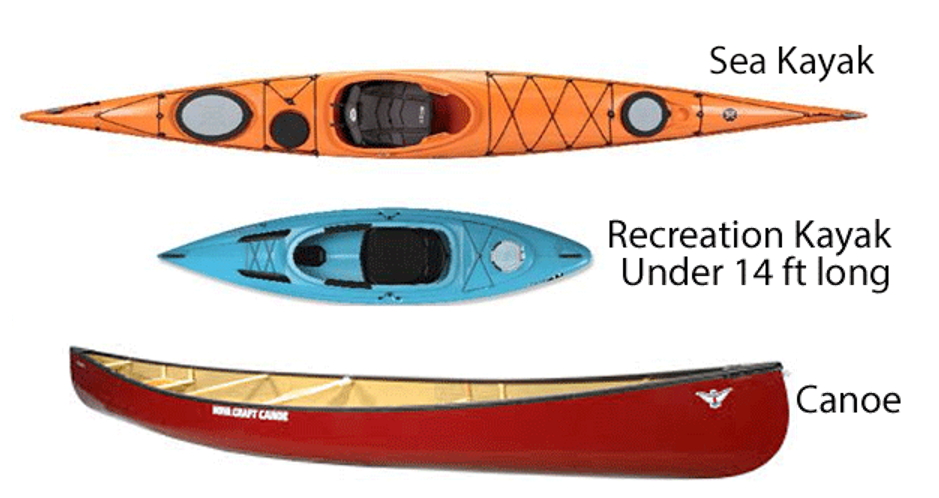
NPS Photo What To Expect Before You ArriveWhat kind of boat do you plan on using? 
NPS Photo Safety EquipmentDo I have the proper gear to go out paddling?

NPS Photo 
NPS Photo RescuesCan I rescue myself (quickly get back into a capsized kayak on the water)? Help is not a phone call away! You are on your own! Cell phones are not always reliable at Apostle Islands National Lakeshore. Even if you can get a 911 call out, help is still far away, 30 minutes at least. If the weather is rough it will delay this process even more. You need to be able to perform a self-rescue.
|
Last updated: November 23, 2020
